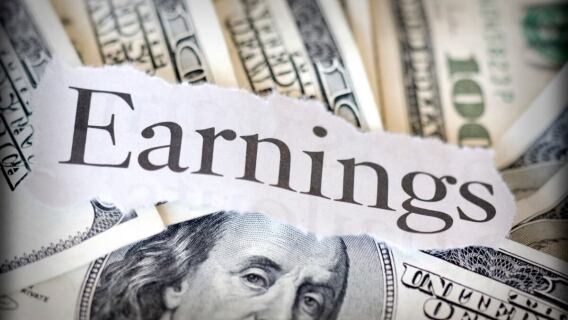As a value investor, I focus a lot on a company’s valuation. I want to understand what the company is worth, both today and in the foreseeable future, and then buy its shares at some discount to that value.
Determining a company’s underlying value is difficult, and clearly more of an art than a science. There are many valuation approaches, including using a price/earnings multiple, discounted cash flow, EV/EBITDA multiple and net asset value. No metric is perfect – what probably matters the most is using a metric repeatedly to develop a deep and broad perspective on its advantages and limitations, and having an open and thoughtful mind when applying it.
Our preferred metric is the EV/EBITDA multiple. We’ve used it for many years, have delved deep into the theory behind it, and, most importantly, have found it to be effective in selecting successful investments.
So exactly what is EBITDA?
EBITDA, Explained
EBITDA is the earnings before interest, taxes, depreciation and amortization. By stripping away the interest and taxes, as well as non-cash charges for depreciation and amortization, EBITDA measures the operating cash profits of the company. This is the heart of what makes a company valuable – its ability to generate cash operating profits.




EV stands for “enterprise value.” It includes the value of the equity (the market capitalization) plus any debt, less any cash since cash can be used to offset debt. One way to think about enterprise value is that it is the total price that a buyer would pay to acquire the entire business or enterprise. Another way: The operations of a business have a certain value, and that value is carved up among debt holders and equity holders.
By comparing the value of the business to the size of the cash operating profits, we can get a sense of its cheapness or expensiveness. It is similar to the price/earnings multiple, but with different components.
One major benefit of the EV/EBITDA approach is that it can be used to compare similar companies with different capital structures. Another important benefit is that it removes a distortion of net income created by low interest rates. With low interest rates, a company could borrow vast amounts of debt yet only see its net income modestly penalized. But, clearly, the debt has a claim on the business so it can’t be ignored, and this burden is captured by the EV/EBITDA ratio much more effectively than the price/earnings ratio.
Also, by focusing on cash flow, it removes some opportunities to be misled by any manipulation of earnings per share by company management.
The EV/EBITDA approach has flaws, of course. It ignores interest expenses, taxes and capital spending requirements. To effectively capture these, an investor needs to model all of the cash flows of a business. We do this for all of the stocks we recommend in my Cabot Undervalued Stocks Advisor newsletter. We also make other adjustments, such as considering the accumulation of free cash flow over a two-to-three-year horizon. This build-up of cash is one of the most neglected sources of value in the stock market.
*Editor’s Note: This post was excerpted from a previous issue of Cabot Undervalued Stocks Advisor. Click here to read more.
[author_ad]

